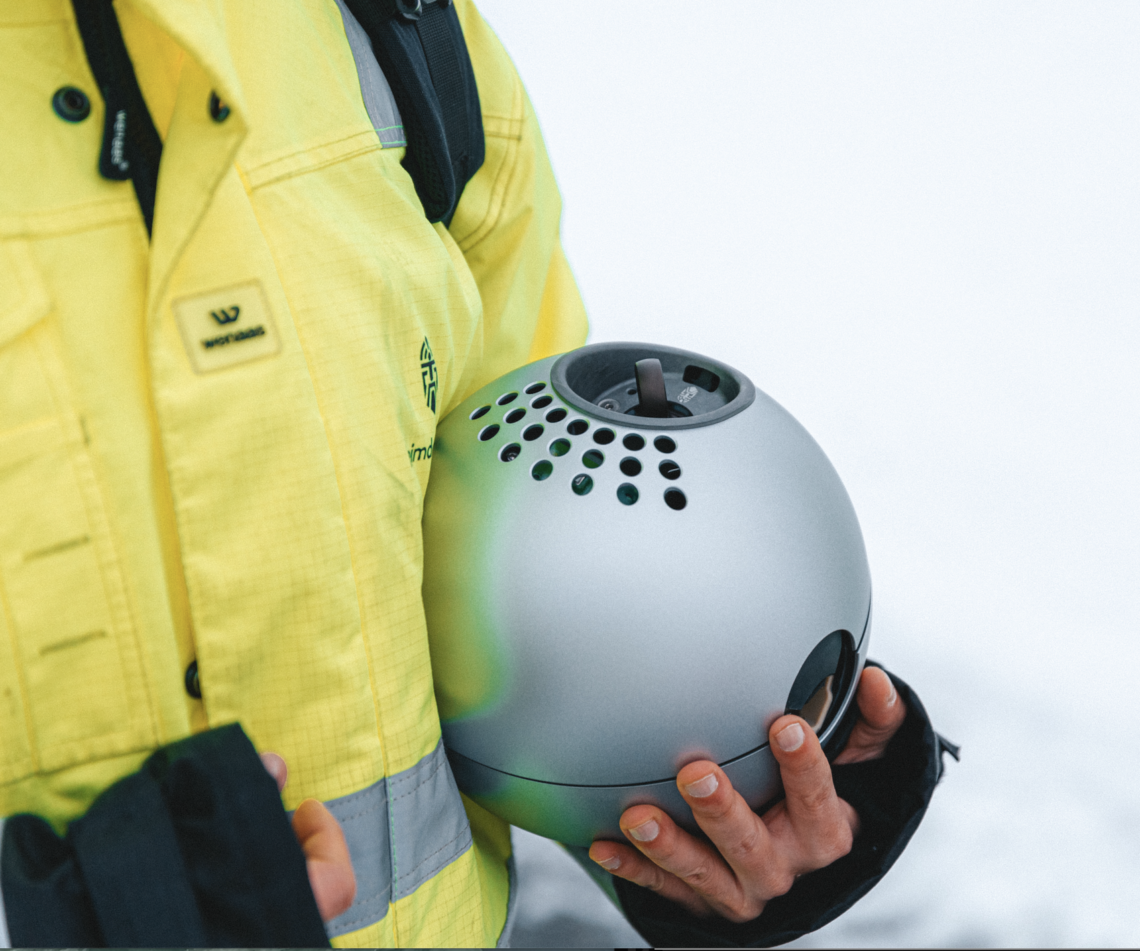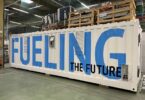It is no wonder that utilities are having trouble keeping up with the surging demand for electricity to power AI data centers. A recent International Energy Agency (IEA) report forecasts that data centers’ total electricity consumption could reach more than 1,000 terawatt-hours(TWh) in 2026, demand roughly equivalent to the electricity consumption of Japan.
As AI gets incorporated into software programming in various sectors, demand is expected to spike even more. The study forecasts that search engine sites like Google could witness a tenfold increase in electricity demand when AI is fully implemented on its platform. When comparing the average electricity demand of a typical Google search (0.3 Wh of electricity) to OpenAI’s ChatGPT (2.9 Wh per request), and considering 9 billion searches daily, this would require almost 10 TWh of additional electricity in a year.
“Updated regulations and technological improvements, including on efficiency, will be crucial to moderate the surge in energy consumption from data centers,” says the report.
That is where Heimdall Power comes in. The Norwegian scale-up has developed an eight pound “magic ball”, a sensor the size of a bowling ball that once fastened to live power lines by drones, can increase existing power line capacity by 30% to 40%.
How is that possible? Power lines get hotter as flow increases. If they get too hot, they shut down. Without accurate sensors a power company sets limits on the flow of power on a seasonal basis rather than in response to real-time conditions, which can lead to a lot of unused capacity.
“Think about the temperature on the line as being the speed limit,” CEO Jørgen Festervoll, said in an interview with The Innovator. “Without accurate information utilities are driving without a speedometer so they drive conservatively. Our technology allows them to get as close to the speed limit as possible.”
That’s important because as the world moves away from fossil fuels more electricity is needed not just for AI but for clean energy. “Often these projects are told that the grid is full and to come back in seven to 10 years, the time to build a new line,” says Festervoll. “That is not good for the economy, and it is not good for the climate. Society is saying we want AI, we want Cloud services, we want electric vehicles, but you can’t have all of that and renewable energy unless there is enough capacity on the grid.”
Heimdall Power’s solution is a quick fix. Installation takes only weeks and months rather than the seven to ten years required to install new lines, he says. And the Norwegian scaleup’s technology costs less than 2% of the price of constructing a new line.
The Norwegian scale-up’s approach is to cover the most critical portion of the grid with its hardware – about 10%- and install software on the other 90%. While the software alone is not as accurate as the hardware the combination gives operators a clear overall view of line temperature, says Peter Gørbitz, Heimdall’s head of marketing and communications.
Installing sensors on electric lines is not new but Heimdall Power says its technology offers numerous advantages. For starters its sensors use LTE, 4G and satellites, allowing them to communicate from anywhere in the world, including the most remote locations. They are mounted by drone with no human worker input needed, whereas some competitors require workers to hang out of helicopters to do the installation, or use bucket trucks or humans climbing towers, according to Gørbitz. Heimdall says its sensors can be mounted and activated within a matter of minutes whereas older technologies require weeks or even months of calibration And, the company says, it places a virtual sensor on top of the physical one. That way, the virtual sensor can benchmark its estimates against the actual real-time data from the physical sensor, says Gørbitz, improving accuracy of other virtual sensors nearby.
Heimdall Power signed its first system-wide contract last year with Elvia, the largest Norwegian Distribution System Operator (DSO). It signed its second system-wide project on April 25 with Fagnet, the nineth largest Norwegian DSO.It now has over 40 customers in total, including 12 operators in its home market of Norway as well as utilities in Germany, Sweden, Finland, France, Portugal, Austria, Slovenia, Poland, Lithuania, Malaysia, and the United States.
On March 20 Heimdall announced the largest dynamic line rating project in the U.S. market with Green River Energy, a power cooperative providing electricity to 1.7 million in the Midwest. The company is implementing the sensors on a large scale after a pilot project found that four of the sensors helped increase the amount of power that could be delivered on a line by up to 42.8%.
Heimdall is one of 48 deep tech scale ups with the potential to solve major global challenges that were selected to join The EIC Scaling Club, a curated community that includes investors, corporate innovators and other industry stakeholders. (The Innovator’s Editor-in-Chief is on advisory board of The EIC Scaling Club, an arm of The European Innovation Council).
The Power Of Grid-Enhancing Technologies
The eight-year-old Norwegian scaleup is one of a growing number of companies that work on what the power industry calls grid-enhancing technologies (GETS). Others include LineVision in the U.S. and Ampacimon in Belgium.
Because they are cheaper and quicker to install than other types of transmission upgrades, such as reconductoring or rebuilding lines, GETs have tremendous potential to expedite the integration of new resources onto the grid, says a report by RMI, an independent nonprofit, founded in 1982 as Rocky Mountain Institute, that aims to promote the transformation of global energy systems through market-driven solutions. The report finds that the benefits of GETs are significant: they drive down electricity costs for consumers, reduce emissions, and supports the growing demand for electricity to power new end uses and spur economic development.
“GETs are a core element of ensuring optimal use of the existing grid while we pursue the grid expansion necessary for an increasingly electrified, decarbonized, and reliable energy system,” says the report. “In the future, all GETs should be routinely evaluated in contexts such as interconnection and transmission planning, whether as stand-alone solutions or part of a least-cost solutions package,” the report concludes.
That could help slash electricity costs for consumers and provide much needed capacity for wind and solar plants. The catch is that utilities don’t have a financial incentive to do low-cost investments since many make money through a regulated process in which they can charge customers to cover construction costs plus a guaranteed profit.
Government and operator action is important because if nothing is done to change the current course “rate payers will have to incur higher electricity rates solely to accommodate the growth of AI without receiving any direct benefits from the higher rates,” according to an April report by Morningstar analysts entitled Watts Up With AI: Strategies for Utilities in an Era of Surging Demand.
What’s more “we expect that, without improvements in energy efficiency, there will be a substantial escalation in emissions attributable to the use of AI,” says the Morningstar report, adding that in response to heightened power demand driven by AI, utilities may be compelled to re-engage the use of fossil fuels for power generation, “which would be antithetical to achieving Net Zero emissions.”
Government appears to have gotten the message. The U.S., for example, is passing new orders like the Federal Energy Re Order 881 (coming into effect in July 2025), which requires that all U.S. transmission lines to be rated from hour to hour according to their ambient temperature. And, the White House announced on April 25 ambitions to upgrade 100,000 miles of transmission lines over the next five years. As part of that initiative the federal government is making funding available through the Grid Resilience and Innovation Partnership program to support upgrades to existing transmission lines by deploying modern grid technologies like high-performance conductors and dynamic line ratings that enable existing transmission lines to carry more power. “As a complement to building new lines, deploying solutions like these offer fast and cost-effective ways to unlock hundreds of gigawatts of additional clean energy, increase system reliability and resilience, reduce grid congestion, and cut energy costs,” the White House said in its announcement.
This article is content that would normally only be available to subscribers. Sign up for a four-week free trial to see what you have been missing.
To access more of The Innovator’s Energy Transition articles click here.







